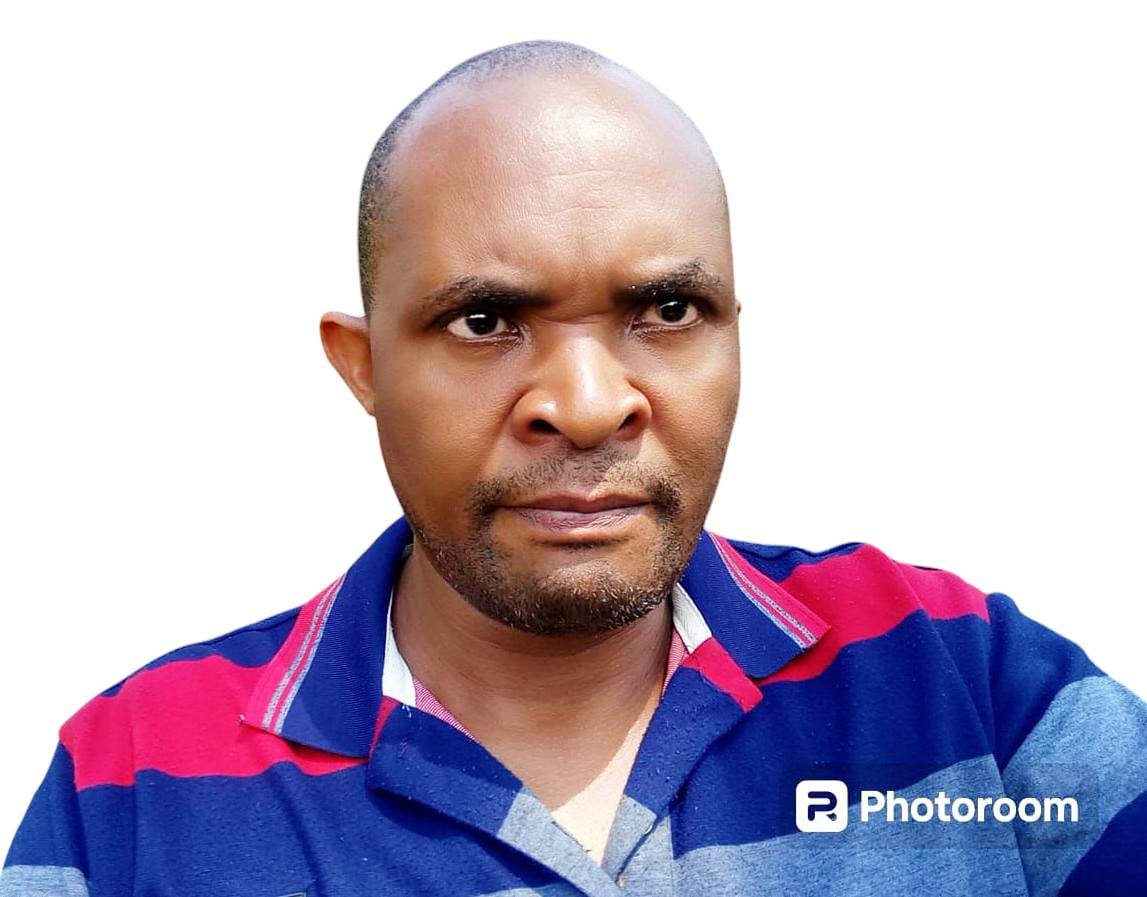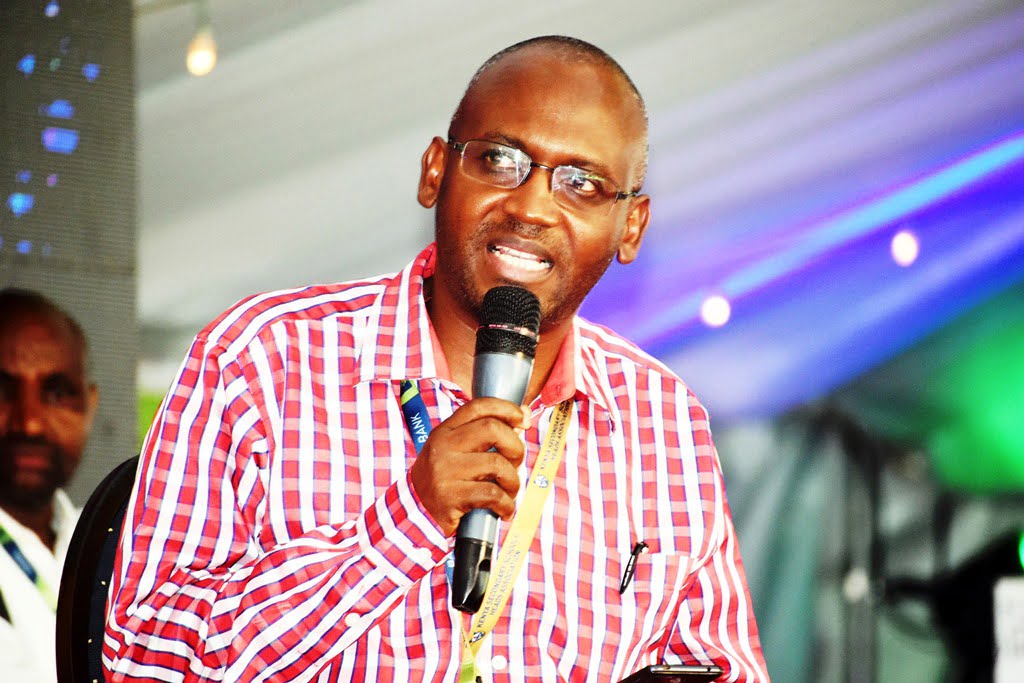By Victor Ochieng’
vochieng.90@gmail.com
In the KCSE Masterclass Blueprint, my contemporary counterpart Paul Wanyonyi cites some reasons why secondary schools register poor performance in KCSE as:
(a) Failure to launch the Form Four programme in the nick of time,
(b) Poor planning,
(c) Failure to address emerging trends in setting and marking of exams,
(d) Lack of teamwork in the school,
(e) Poor exam preparation strategies,
(f) Failure to nurture character in candidates,
(g) Failure to help weak candidates leg up their performance,
(h) Failure to train candidates on the art of examination,
(i) Embracing success-limiting policies, and
(j) Poor finishing.
Pertaining failure to launch the Form Four programme in the nick of time, the school big-wigs should swing into action, and ensure that the Form Four Programme is launched early. Let Form Four students know that they are candidates before it is late. It is imperative to constitute and consolidate a formidable Form Four dream team; that will be mandated to implement the rigorous academic programme in the candidate class. Let there be a periodic review of the programme. There should be data-driven decisions.
The sage said; failure to plan is planning to fail. Therefore, schools should have plausible plans. The powers-that-be should pow-wow academic strategic meetings, where all relevant stakeholders are called upon to become generators of viable ideas pertaining peak performance. It behooves schools to develop Academic Action Plans (AAPs) for the three terms. Schools should embrace episodic revision model, develop timetables for every puissant programme, and have periodic review sessions.
In the bid to address emerging trends in the setting and marking of KCSE, schools should study and implement the recommendations pointed out in the KNEC reports. Teachers should be ready to attend seminars and workshops, so that they keep abreast with the trends in their areas of specialisation. Candidates should be encouraged to revise and review plenty of past papers.
Lack of teamwork invites failure. No wonder, school heads should foster teamwork and encourage the staff to demonstrates it. TEAM is said to be an acronym of Together Everyone Achieves More. In the 17 Indisputable Laws of Teamwork, Dr. John C. Maxwell posits that for the dream to work there must be teamwork. The dream is the overall mean score the school yearns to scoop. The dream is the career every candidate yearns to pursue after high school, which cannot be actualised with disgraceful grades. Teamwork is enhanced through bonding and team building sessions. It can also be enhanced through inter-departmental bench-marking. Within a particular department, the HoDs and HoSs should encourage team teaching.
Exam requires plenty of practice and preparation. Preparation is both academic and psychological. When students have adequate academic preparation, they can hardly succumb to psychological challenges like exam fear, fever and panic. Teachers should ensure there are effective content delivery, mastery and memory enhancement strategies. Schools should run three significant systems: teaching, testing, monitoring and evaluation. Learning, remedial and revision time must be expanded. Candidates should be compelled to go the extra mile. They should be made to stretch, sacrifice and pay the price for good grades. For no price, no prize. For in the 15 Invaluable Laws of Growth, there is a Law Dr. John C. Maxwell calls the Law of the Rubber Band. In it he postulates: Rubber bands are useful because they can stretch. Human beings also become useful when they stretch.
Without character and discipline, candidates fail and fall flat. Therefore, schools should focus on programmes that lead to holistic character-formation. In order to awaken their moral and spiritual consciousness, school arrowheads should strengthen spiritual programmes. There should be deft departments of Guidance and Counselling. The office of the Deputy Principal(s) should ensure that discipline prevails. It is only asinine students who become prone to indiscipline.
Every candidate class has the head, body and tail. Schools that want lead the academic queue must push the head as they cut the tail. In many cases, schools have the proclivity of focusing on high achievers (head) but forget about the aspiring high achievers (tail). Yet, taking the analogy of a snake, when you want to kill it, you hit the head hard. But if you want to confirm whether the serpent is indeed dead, you touch the tail. The tail is also the hub of poison. That is why schools should come up with stupendous strategies that can prop up weak candidates. There should be ability grouping and data-driven decision-making. Teachers should serve more RATs. There should be more remedial lessons, more consultations plus active and productive group discussions. More should be done in relation to the ‘a must come areas’, commonly known as the Table of Specification (ToS) or the Test Blueprint.
Schools that want candidates to evince academic excellence should focus on nuts and bolts of the art of examination. After completion of syllabus, teachers should schedule subject-based seminars and symposiums. Guest examiners and experts should be cordially invited; to polish pale parts. The central plank of teaching the art of examination is to run an in-depth examination system. Candidates should know the trends in setting and marking of exams. They should know marks allotted to every question, points required and mistakes that invite penalties. They should know how to plot work on paper, areas they can scoop free marks, and be sensitised on the format of exam papers.
Schools that shine as stars in exams help candidates to finish the race with great grace; bravery and bravado; strength and stamina. How? They develop a holistic homestretch programme. They succour candidates to finish the last lap like champions. Candidates are urged to work on – Strengths, Weaknesses, Opportunities and Strengths (SWOT Analysis). Both candidates and teachers focus on Energy, Synergy and Strategy. Gaps are filled. People do their best, and leave God to do the rest.
The writer is an editor, orator and author. He rolls out motivational talks and training services.






